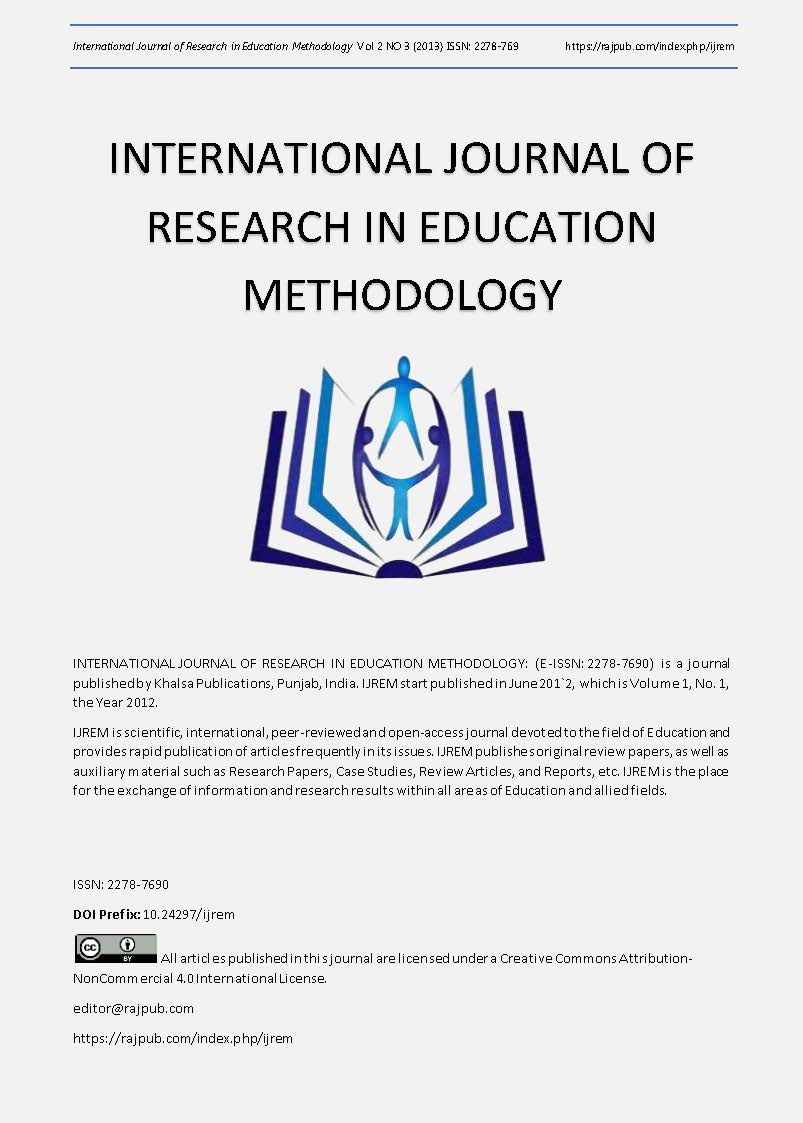TEACHING MATHEMATICS TO VISUALLY IMPAIRED STUDENTS:A case study of Margaretta Hugo Schoolsfor the Blind: Zimbabwe
DOI:
https://doi.org/10.24297/ijrem.v2i3.4097Keywords:
Special needs education, disability, visual impairment, Braille, integration / inclusionAbstract
A case study of how visually impaired, (VI), students are taught mathematics, was conducted at Margareta Hugo Primary and Secondary Schools for the blind in Masvingo Province, Zimbabwe. Data was collected using interviews with teachers, lesson observations, and participant observation of both teachers and students. The study revealed that the VI students learn the same curriculum as their sighted colleagues in ordinary schools. Only Primary teachers have had some training in Special Needs Education while the secondary teachers learn on the job. There is an acute shortage of special equipment for the students due to lack of funding since students do not pay school levies. Both the students and the teachers displayed very low motivation. The students lament the lack of models whom they can emulate, as only one blind student passed mathematics with a in the last ten years The study recommends that the Government provides timeous, special grants to the school, to cover recurrent expenditure and some special allowance for the teachers. The school is encouraged to make a concerted effort to source donor funds for equipment.
Downloads
Downloads
Published
How to Cite
Issue
Section
License
 All articles published in Journal of Advances in Linguistics are licensed under a Creative Commons Attribution 4.0 International License.
All articles published in Journal of Advances in Linguistics are licensed under a Creative Commons Attribution 4.0 International License.








